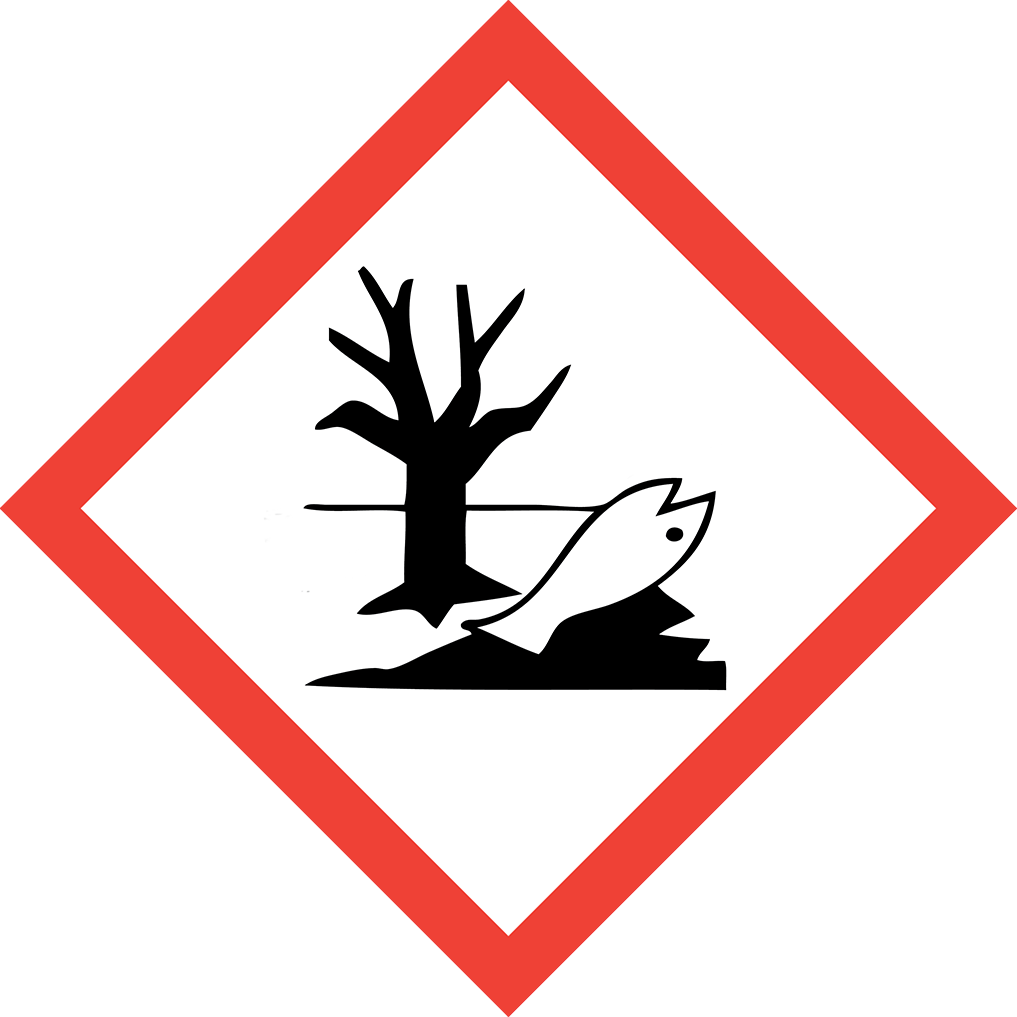Discover Aure Chemical's Premium Methyl Laurate (CAS 111-82-0) Supply
Aure Chemical is a leading global supplier of Methyl Laurate, also systematically known as Methyl Dodecanoate. This naturally derived fatty acid methyl ester is a versatile and valuable oleochemical, renowned for its excellent solvency, emulsifying properties, and mild characteristics. Our high-purity Methyl Laurate is an indispensable component across a wide array of industries, including personal care, detergents, lubricants, and various chemical syntheses.
Basic Information of Methyl Laurate
Methyl Laurate (CAS No. 111-82-0) is meticulously produced to meet stringent quality standards, ensuring exceptional purity and consistent performance for your diverse industrial applications:
| CAS No.: | 111-82-0 |
|---|
| EC No.: | 203-911-3 |
|---|
| Linear Formula: | CH₃(CH₂)₁₀COOCH₃ |
|---|
| Molecular Weight: | 214.34 |
|---|
| Appearance: | Clear, colorless to pale yellow liquid at room temperature. |
|---|
| Odor: | Mild, characteristic fatty odor. |
|---|
| Melting Point: | 4-5 °C (lit.) |
|---|
| Boiling point: | 262 °C/766 mmHg (lit.) |
|---|
| Density: | 0.87 g/mL at 25 °C (lit.) |
|---|
| Solubility: | Insoluble in water; soluble in most organic solvents like ethanol, ether, chloroform. |
|---|
| Flash Point: | >230 °F |
|---|
| Purity: | Biodegradable, low toxicity. |
|---|
| Chemical Structure: |  |
|---|
Our commitment to delivering high-purity Methyl Laurate ensures a reliable and efficient component for your manufacturing and formulation needs.
Primary Applications of Methyl Laurate
Methyl Laurate's unique properties as a medium-chain fatty acid ester make it highly valued in numerous industrial and consumer product applications:
Detergents and Surfactants:
It serves as a key raw material for the production of various surfactants and detergents. Its derivatives are used in laundry detergents, dishwashing liquids, and industrial cleaners, enhancing their cleaning performance and emulsifying capabilities.
Cosmetics and Personal Care Products:
Methyl Laurate is widely used as an emollient, skin conditioning agent, and solvent in a variety of cosmetic and personal care formulations, including lotions, creams, sunscreens, and hair care products, due to its smooth feel and good spreadability.
Lubricants and Greases:
Due to its good lubricity and thermal stability, it finds application in the formulation of specialty lubricants and greases, particularly for metalworking fluids and other industrial lubrication needs.
Chemical Intermediate:
It acts as a versatile chemical intermediate for the synthesis of various derivatives, including fatty alcohols, fatty amines, and other esters, which are further used in diverse chemical industries.
Plasticizers:
In some applications, Methyl Laurate or its derivatives can function as plasticizers for polymers, imparting flexibility and workability to plastic materials.
Food Additives (limited):
In highly specific and regulated contexts, certain grades of Methyl Laurate might be used as a flavor or fragrance ingredient, or as a processing aid in the food industry.
Why Choose Aure Chemical for Your Methyl Laurate Supply?
Aure Chemical is dedicated to providing superior chemical solutions and unparalleled customer support. By partnering with us for your Methyl Laurate requirements, you benefit from:
Exceptional Purity & Consistency: Our Methyl Laurate is manufactured to stringent purity specifications, ensuring optimal performance and consistency in your formulations.
Reliable Global Supply Chain: We maintain a robust and efficient supply network, guaranteeing timely and secure delivery of this essential oleochemical to your facilities worldwide.
Expert Technical Support: Our team of experienced chemists and specialists is readily available to offer comprehensive guidance on product application, safe handling, and optimal storage conditions for Methyl Laurate.
Commitment to Quality & Sustainability: We adhere to the highest industry standards for quality management, safety, and environmental responsibility across all our operations, ensuring peace of mind for our clients, especially concerning naturally derived products.
Choose Aure Chemical for a trustworthy and dependable supply of high-quality Methyl Laurate. We are ready to support your most intricate chemical formulations and sustainable product development.
Hazards Classification
GHS Classification: Environmental Hazard (GHS09)
Hazard Statements: Harmful to aquatic life with long lasting effects; may cause mild skin or eye irritation on prolonged contact.
UN Number: Not regulated (non-hazardous for transport)
Hazard Class: Not classified as dangerous under transport regulations
Packing Group: Not applicable
 GHS09: Environmental hazard
GHS09: Environmental hazard
